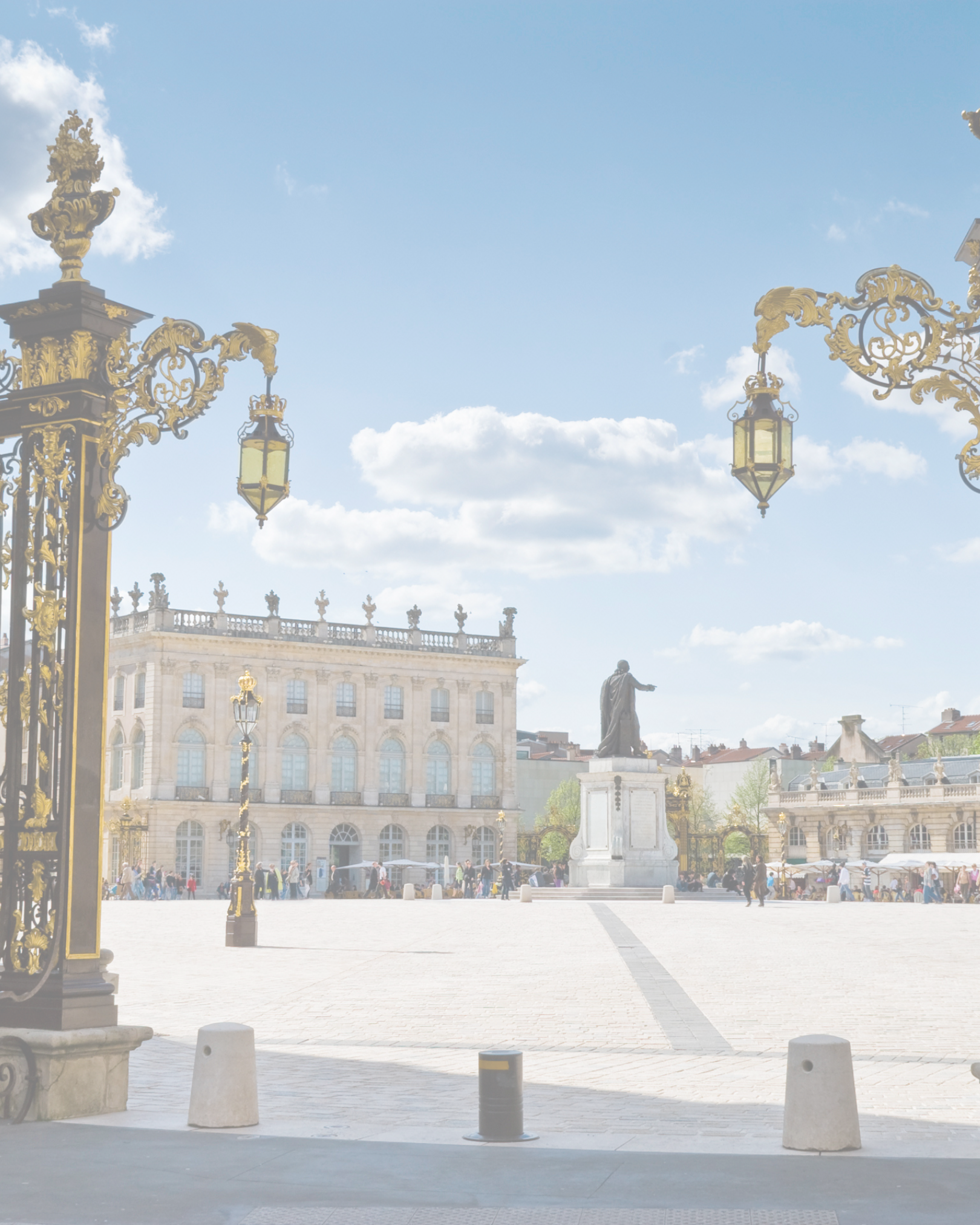
Nancy: How a Duke’s Vanity Became France’s Most Beautiful Square

Written by Edoardo Laudani
In the heart of Lorraine, the French city of Nancy boasts a square so grand that it has been called the most beautiful in Europe. But the story behind this iconic landmark—Place Stanislas—is more than just a tale of architectural brilliance. It’s about a king’s vanity, a displaced monarch, and how a simple desire for grandeur led to the creation of one of the world’s most stunning public spaces.
Stanisław Leszczyński: A King in Exile with Ambitious Dreams
To understand the origins of Nancy’s famous square, we must first meet the man behind its creation: Stanisław Leszczyński, the exiled king of Poland. In the early 18th century, Stanisław had a brief, turbulent reign in Poland before being dethroned. Forced to leave his homeland, he found refuge in the Duchy of Lorraine, where he was given a warm welcome by the local nobility.
Though he had lost his kingdom, Stanisław still harbored grand dreams of grandeur. As a former monarch, he felt a deep desire to leave his mark on the city that had offered him sanctuary. And so, in 1752, he embarked on an ambitious project that would transform Nancy and solidify his legacy forever: the creation of Place Stanislas.
The Oddity: A Square to Rival the Most Lavish Courts of Europe
Stanisław, determined to make his mark, instructed the city’s architect, Jean Lamour, to design a square that would rival the most opulent courts of Europe. But this wasn’t just any ordinary square—it would be a space that showcased the grandeur of the man who once wore a crown, now only a figure in exile.
The project was, of course, a display of vanity—but one with lasting consequences. The square would not only become the focal point of Nancy’s city center, but it would also serve as a reminder to the people of Lorraine of the former king's lofty ambitions. Lamour, with his baroque sensibilities, designed a masterpiece featuring ornate gates, statues, and a vast, open space that would become a symbol of royal luxury.
But there was an unexpected twist: despite his best efforts, Stanisław’s grand vision faced criticism from the people of Nancy. Some saw the square as a monument to a king who had lost everything, a man who would never again rule a kingdom. Yet others admired its beauty and the boldness of its creation. In the end, what began as a symbol of vanity became a beloved symbol of the city itself.
Tracing the Legacy: A Square that Stands the Test of Time
Today, Place Stanislas is a UNESCO World Heritage site, and it’s easy to see why. With its neoclassical design, graceful architecture, and awe-inspiring statues, the square is a testament to the artistic and cultural vision of the 18th century.
• The Golden Gates: The most striking feature of Place Stanislas is its magnificent gates, adorned with gold leaf and intricate designs. These gates, a symbol of the former king’s desire for royal grandeur, now frame the square in all its majestic beauty.
• The Hôtel de Ville: The Town Hall, located on the northern side of the square, is another architectural gem, showcasing the elegance of the period. It’s a building that was once part of the royal complex, standing as a reminder of the time when Stanisław was the city’s ruler.
• The Arc Héré: On the western side of the square, you’ll find the grand Arc Héré, an imposing archway that leads into the Place de la Carrière. This arch is another testament to the king’s vision and his desire for a seamless connection between different parts of the city.
• The Musée des Beaux-Arts: Situated on the northern edge of the square, this museum is home to an impressive collection of art, from the Renaissance to contemporary works. It’s a fitting location for a square born of such an ambitious vision—one that continues to inspire artists and visitors from around the world.
Why Nancy Still Matters
While Place Stanislas is undoubtedly the jewel of Nancy, the city is full of other attractions that reflect its rich cultural history. The city’s Art Nouveau architecture adds to its charm, and its gastronomic delights, such as the famous Macarons de Nancy, offer a taste of local tradition.
But the most striking aspect of Nancy is its ability to celebrate both its royal past and its modern vibrancy. The city is a blend of old and new, of the grand and the humble—just as its most famous square is a blend of Stanisław’s regal vision and the city’s more grounded, everyday life.
Visit Nancy. Walk through Place Stanislas and imagine the dreams of a king in exile, whose vanity gave rise to a monument that would outlast his reign.

Related Itinerary: Nancy
Follow Us
Join
Subscribe For more itineraries
Love discovering hidden gems and powerful stories like this? Follow us for more curated itineraries, historic insights, and unforgettable destinations around Luxembourg and beyond. Whether you’re planning your next weekend getaway or just love exploring from your screen, we’ve got countless ideas to inspire your next journey. Adventure is closer than you think—come explore it with us!

